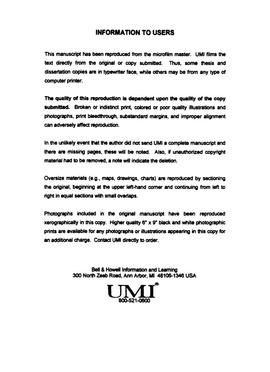| dc.contributor.advisor | Goodey, Paul R., | en_US |
| dc.contributor.author | Jiang, Weigong. | en_US |
| dc.date.accessioned | 2013-08-16T12:30:53Z | |
| dc.date.available | 2013-08-16T12:30:53Z | |
| dc.date.issued | 2000 | en_US |
| dc.identifier.uri | https://hdl.handle.net/11244/5949 | |
| dc.description.abstract | We also study averages of projections and show that all convex bodies in Ed are determined by averages of their three dimensional projections. This is in contrast to the case of two dimensional projections where there is a single dimension in which such determination is not possible. On the other hand, it is similar to the case of k-dimensional projections with k ≥ d/2. These results also involve harmonic analysis, this time in the more classical realm of spherical harmonics. | en_US |
| dc.description.abstract | We study various classes of centrally symmetric bodies. The starting point is provided by zonotopes. These are vector sums of line segments and are characterized by the high degree of symmetry that they exhibit. Zonoids are limits of zonotopes and are therefore also highly symmetric. They can be characterized from two rather different points of view. The first is via an integral representation for their support functions. The second is in terms of orthogonal bodies. Associated with each zonoid Z there is an orthogonal body O such that the one dimensional projections of Z have a length equal to the (d - 1)-dimensional volumes of the projections of O onto the orthogonal space. Many extensions of these ideas have appeared in the literature. These extensions aim to provide a heirarchy of classes of centrally symmetric bodies stretching from the zonoids to the class of all centrally symmetric bodies. We show that these various techniques of extension lead to different heirarchies---contrary to conjectures that have been made. The extensions mentioned above require us to transform results involving functions on the sphere to functions on Grassmann manifolds of higher rank. To deal with the added complications that this involves, we make extensive use of harmonic analysis and representation theory of rotation groups. | en_US |
| dc.format.extent | vi, 93 leaves ; | en_US |
| dc.subject | Functions, orthogonal. | en_US |
| dc.subject | Mathematics. | en_US |
| dc.subject | Spherical harmonics. | en_US |
| dc.subject | Symmetric functions. | en_US |
| dc.title | Projection functions and classes of centrally symmetric convex bodies. | en_US |
| dc.type | Thesis | en_US |
| dc.thesis.degree | Ph.D. | en_US |
| dc.thesis.degreeDiscipline | Department of Mathematics | en_US |
| dc.note | Adviser: Paul R. Goodey. | en_US |
| dc.note | Source: Dissertation Abstracts International, Volume: 61-02, Section: B, page: 0884. | en_US |
| ou.identifier | (UMI)AAI9962978 | en_US |
| ou.group | College of Arts and Sciences::Department of Mathematics | |
